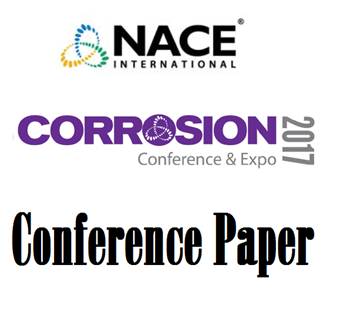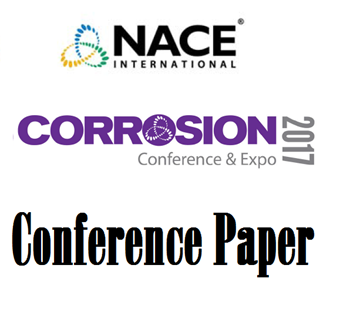Search
98566 AC CORROSION - A NEW CHALLENGE TO PIPELINE INTEGRITY
Also Purchased
98565 AC CORROSION -CASE HISTORIES,TEST PROCEDURES,& MITIGATION
Product Number:
51300-98565-SG
ISBN:
98565 1998 CP
$20.00
Researches on AC Corrosion Risk Assessment Criteria for Cathodically Protected Carbon Steel
Product Number:
51317--8962-SG
ISBN:
8962 2017 CP
Publication Date:
2017
$20.00
The AC Close Interval Survey and Other Common AC Measurement Errors
Product Number:
51317--9455-SG
ISBN:
9455 2017 CP
Publication Date:
2017
$20.00
Recently viewed




